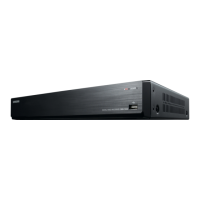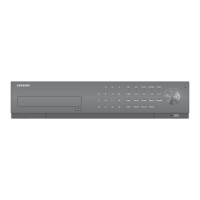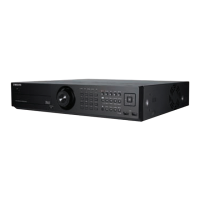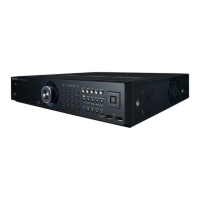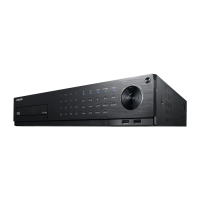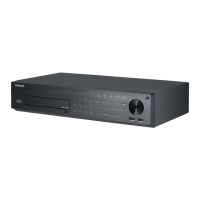Why does my Samsung DVR say 'Need to reset date/time'?
- PPatrick SandersAug 21, 2025
If your Samsung DVR displays a message saying “Need to reset date/time,” it means there's an issue with the internal clock's time setting or the clock itself. In this case, it is recommended to contact the retailer or a service center for further assistance.





